In the pre-grinder era, when preparing idli or dosa was not a common option in Kerala households... Kanji was the standard meal for dinner. We have fond memories of our grandfather having red rice kanji, moong beans thoran and papadum every night for dinner without fail. During vacations all of us grandchildren would line up on the floor to have Kanji and Payaru.
This was a year round feature, having Kanji during dinner.

Slowly with the advent of wheat and the belief that eating wheat is healthier many families moved to wheat as rotis or dali upma for dinner. However, Kanji continues to be embedded in our memories and is one of our favourite comfort foods. Also one of the go to get well foods when we are unwell.
 |
|
As part of it we are looking at various versions of Kanji, not only the traditional versions but also our own take on innovative Kanjis with black rices with unpolished scented rices and so on. What we have experienced is that Kanji is not adapted food, boring, only to be eaten when sick. It is an interesting, innovative preparation that would allow us to eat various whole grains with modern twists, with new sides, with innovative seasoning, with fermented sides.

If you examine Asian rice eating cultures, Kanji or its equivalent is an important meal/dish. This dish which originated as the comfort food, is taking centre stage with modern twists. The Chinese Congees ( which originated from Tamil/malayalam Kanji ), the Korean Juk, the Japanese Okayu, even the western soups are all Kanjis in various forms.

We tried doing two innovative Kanjis, both with black rice, one paired with our Kerala staples of a beans/carrot thoran ( thoran being the dry vegetable side we make with coconut and minimal spices, which is a kerala staple and is called poriyal in Tamil nadu ). The second one is a coconut milk Kanji made with the recipe by Naomi Duigud of a Srilankan recipe with coconut milk. We love all things coconut so that was such a winner at home.

The unpolished scented rices and black rices and unpolished red rices are perfect for Kanjis, with their stickiness coming with the presence of full bran, they impart a richness to the dish which gives a great mouthfeel. Paired innovatively these Kanjis can be served anywhere, anytime to anyone!



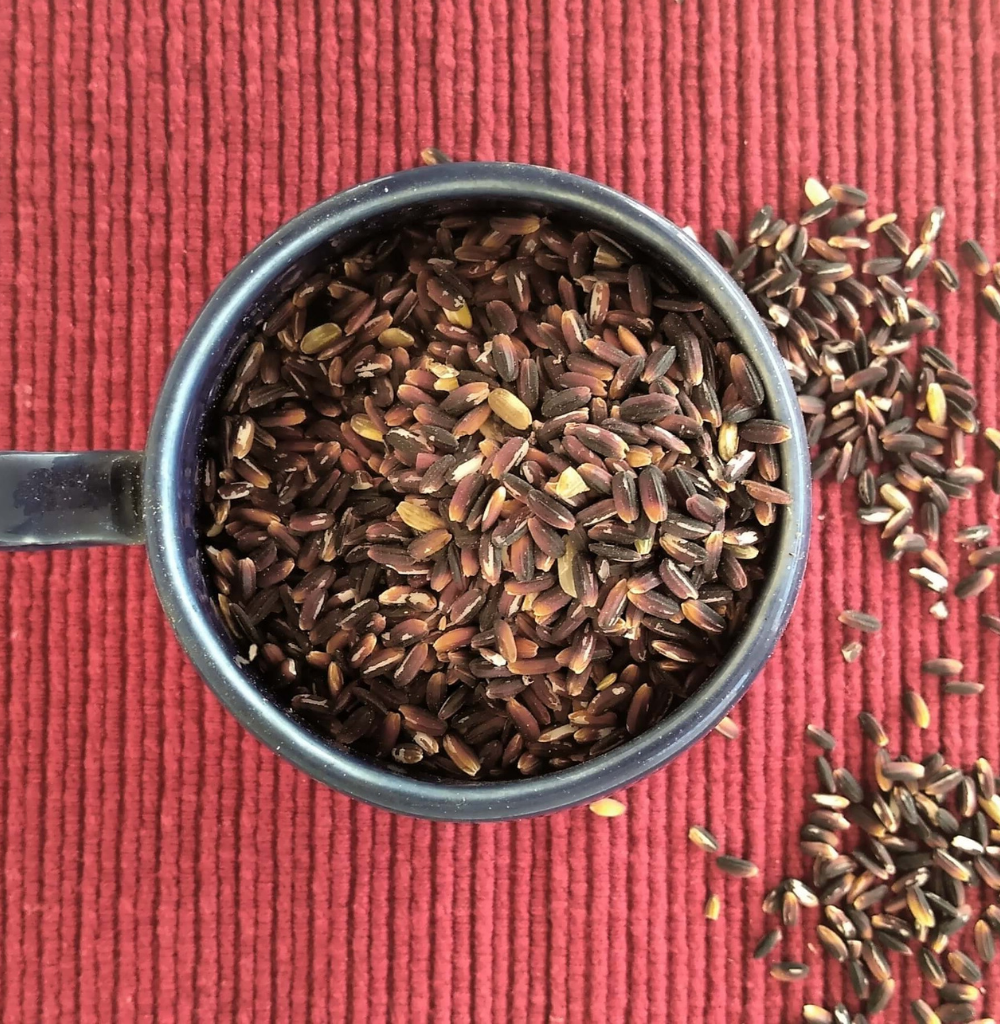
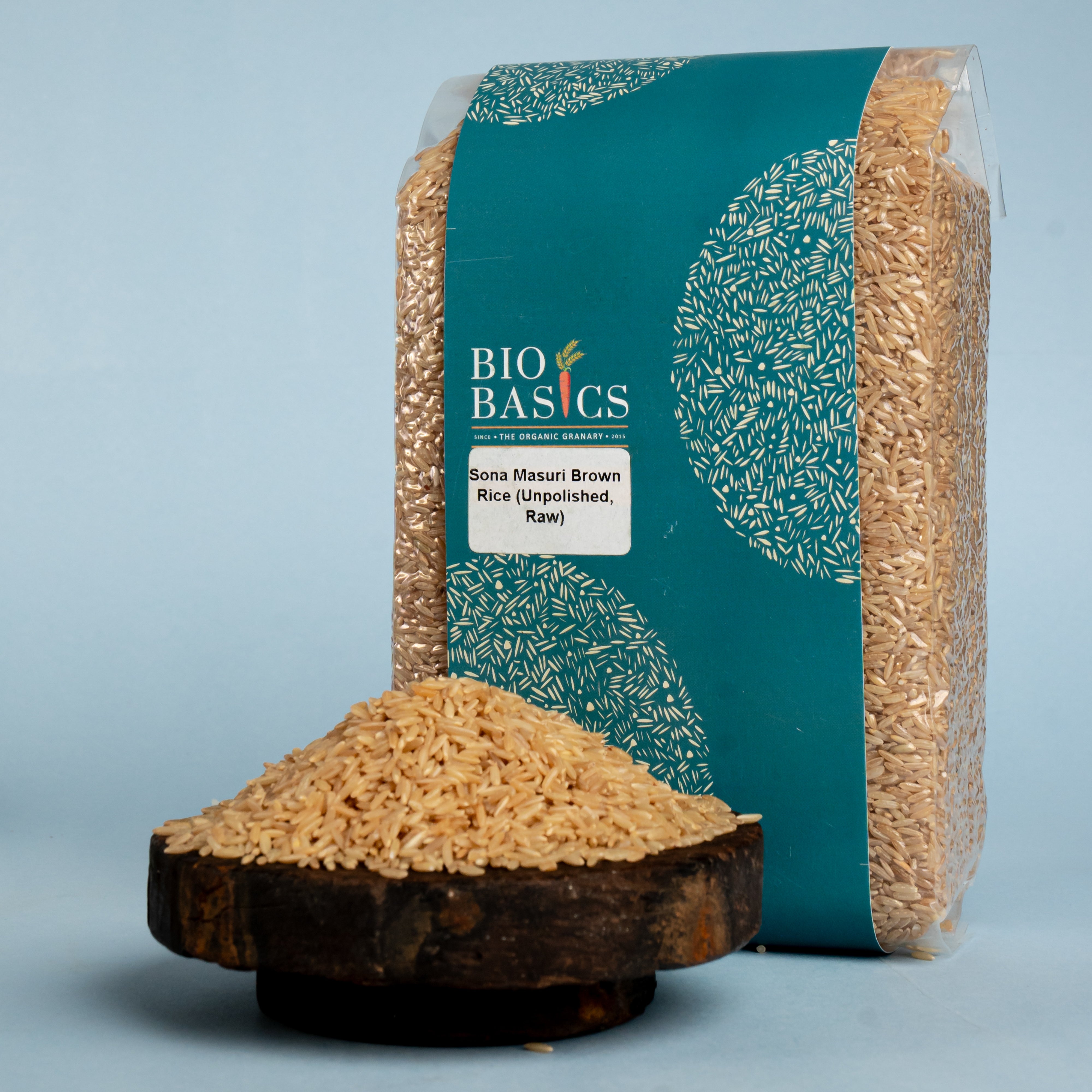
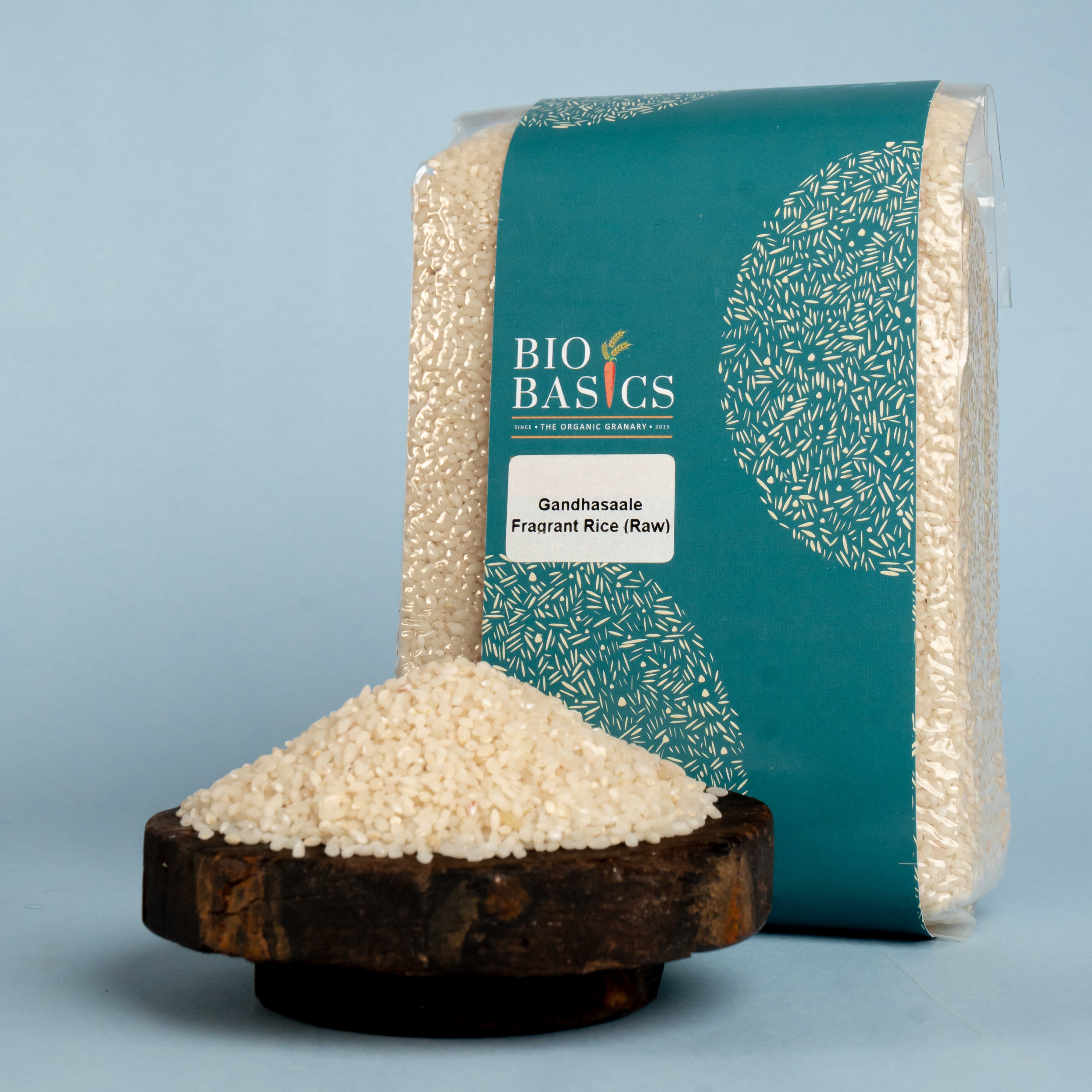


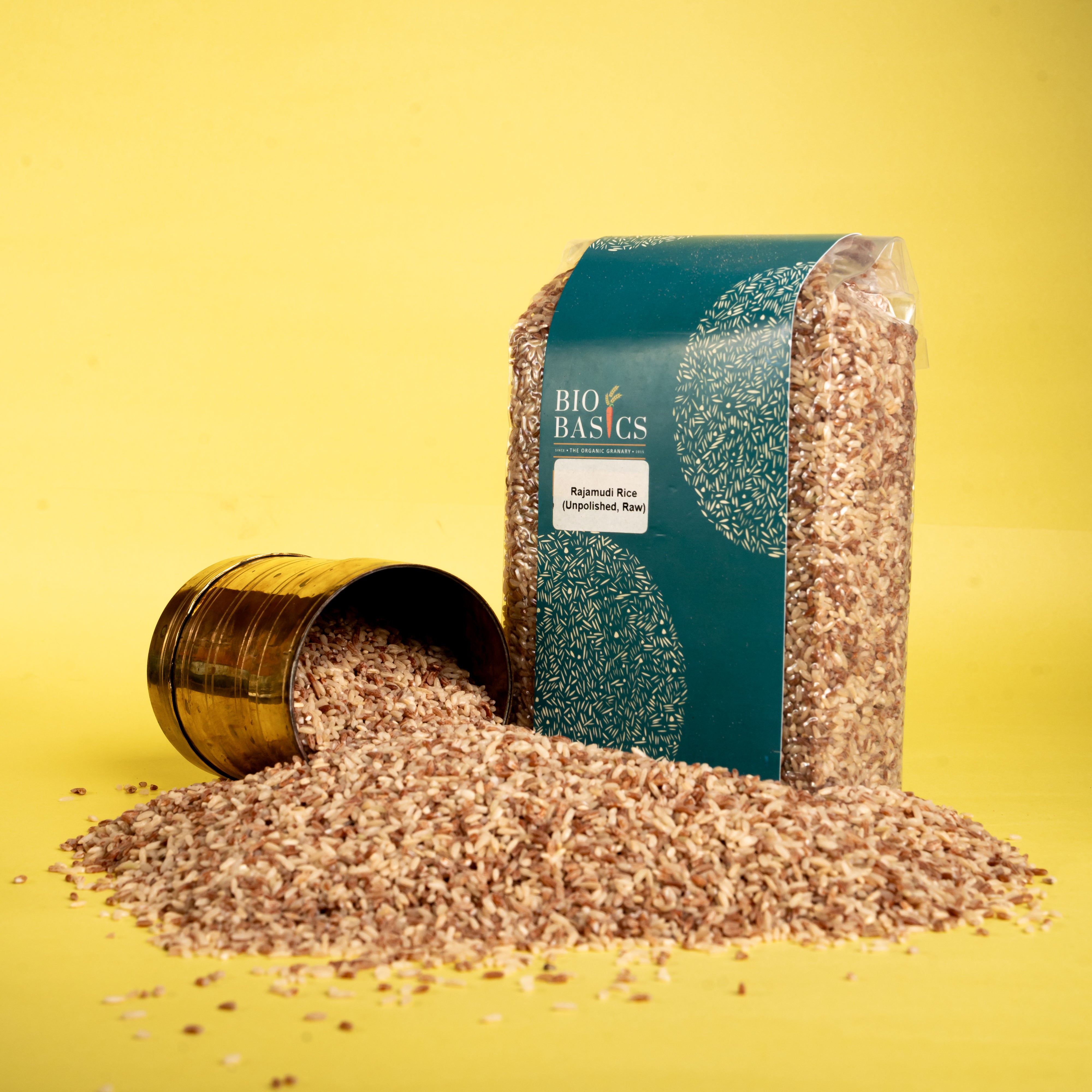


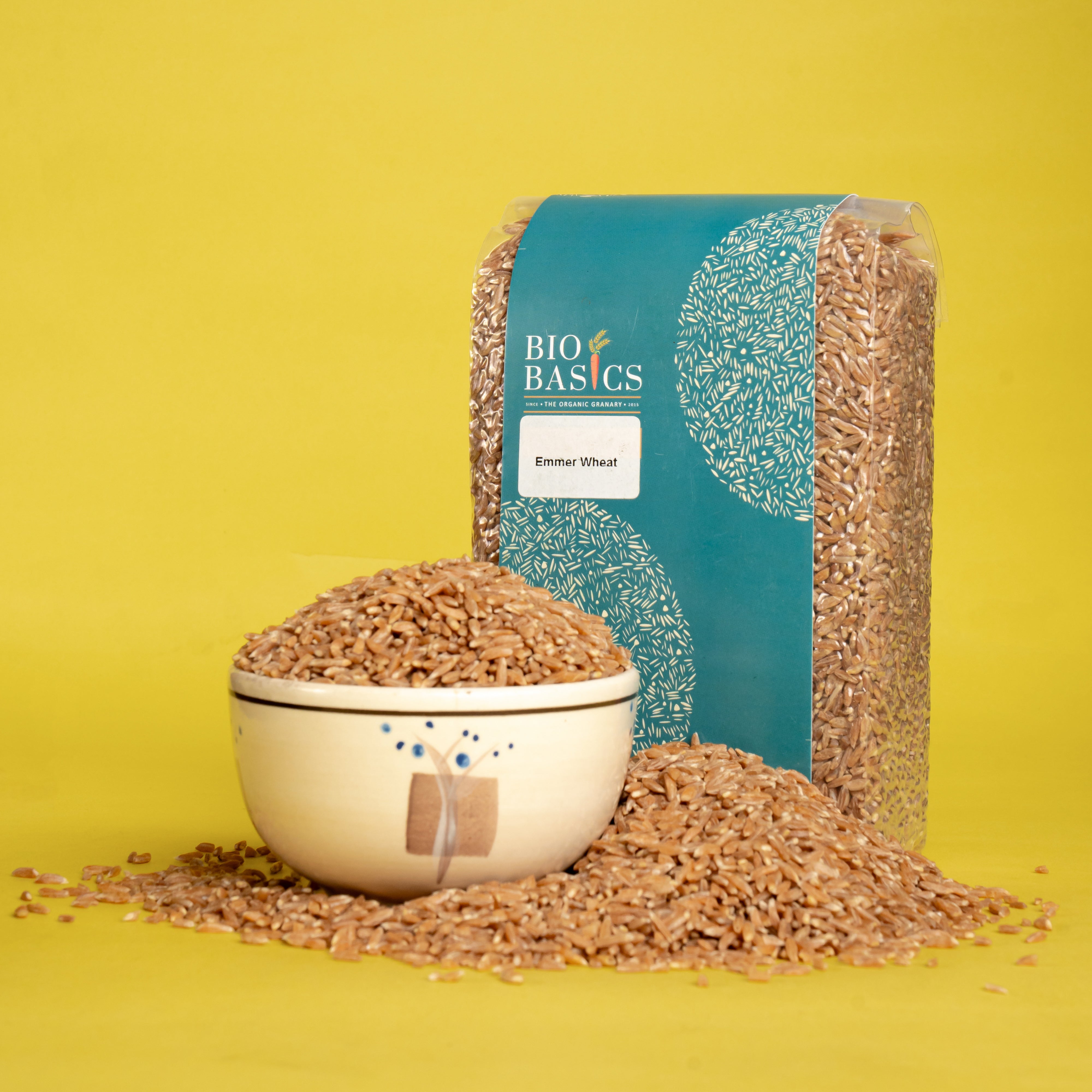








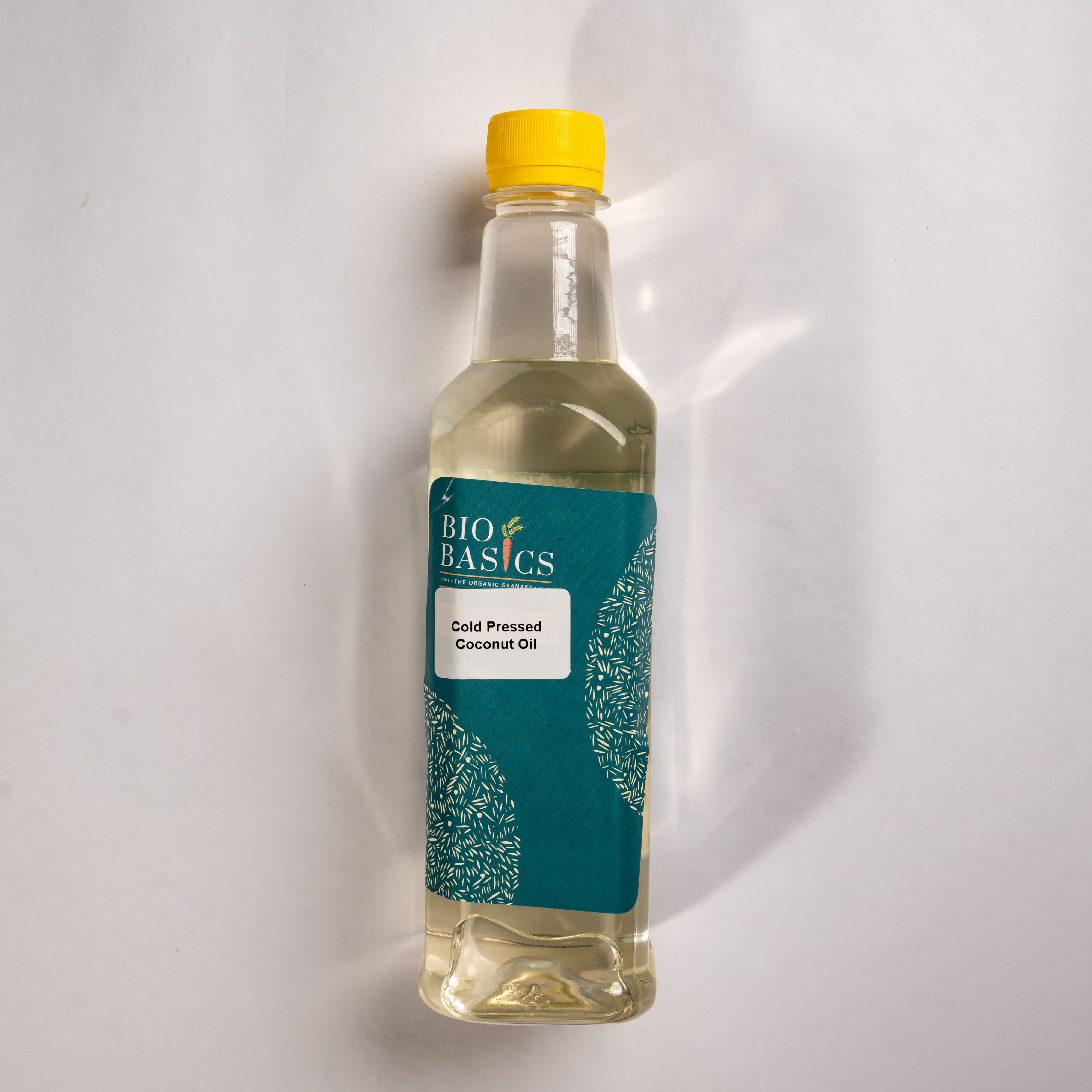
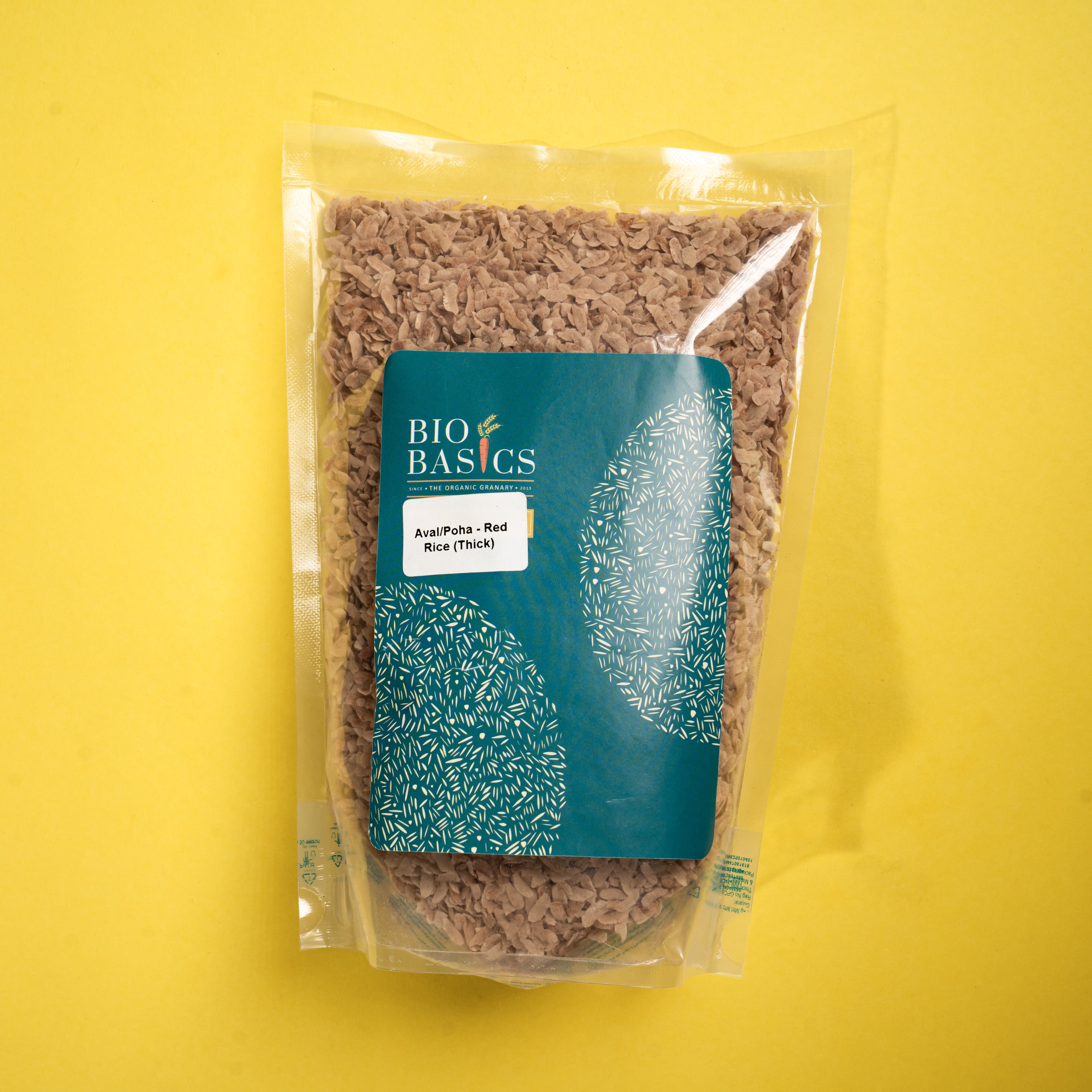




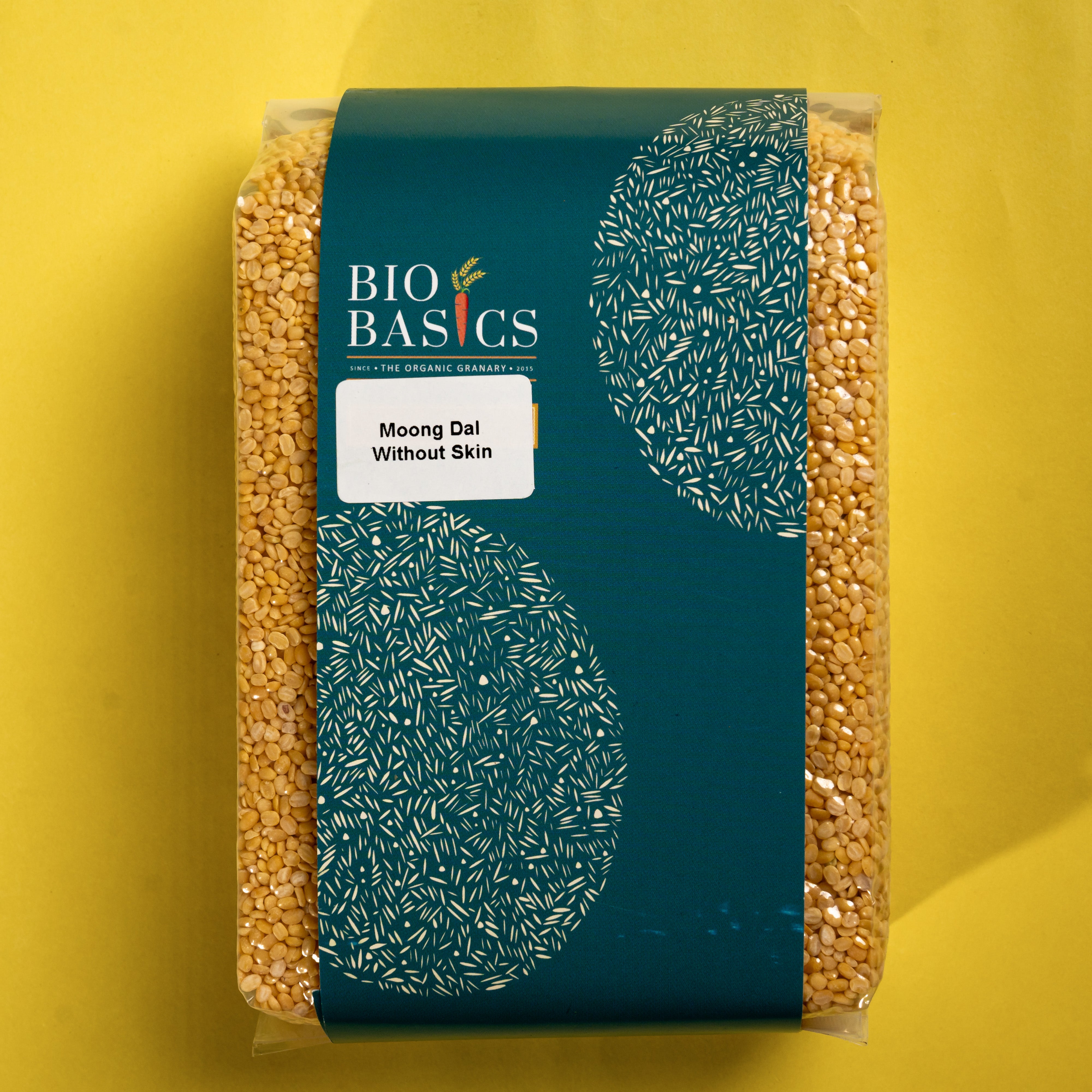
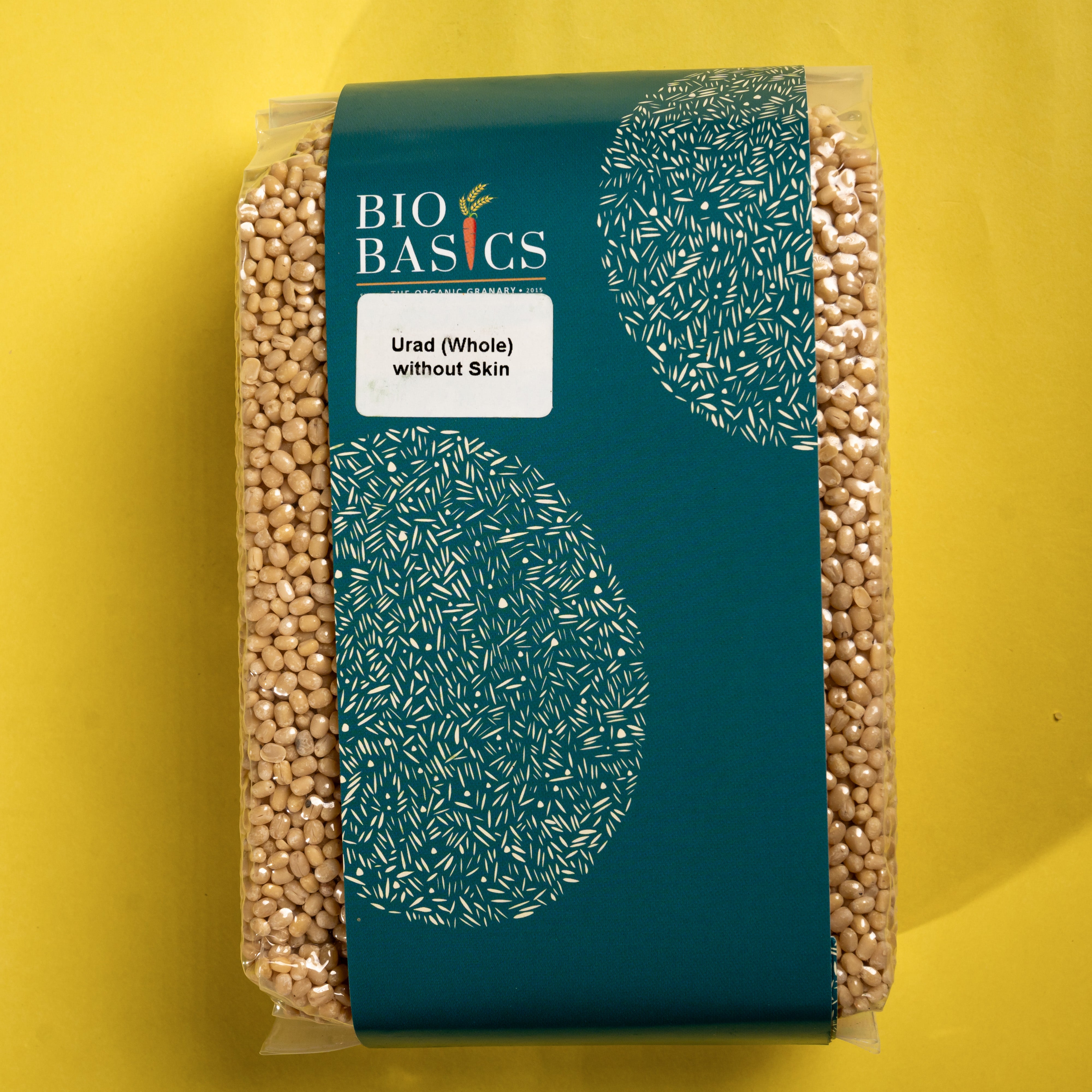


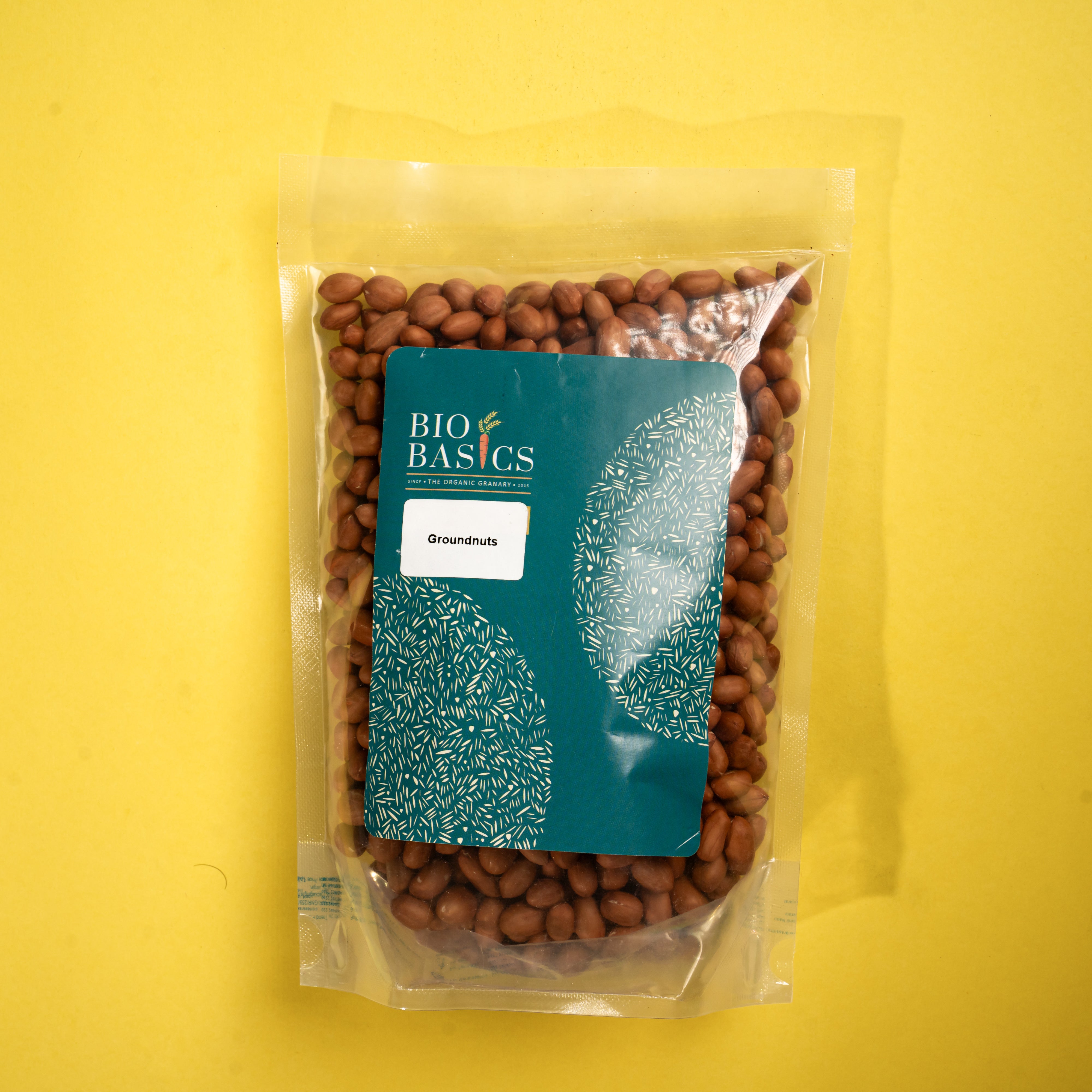
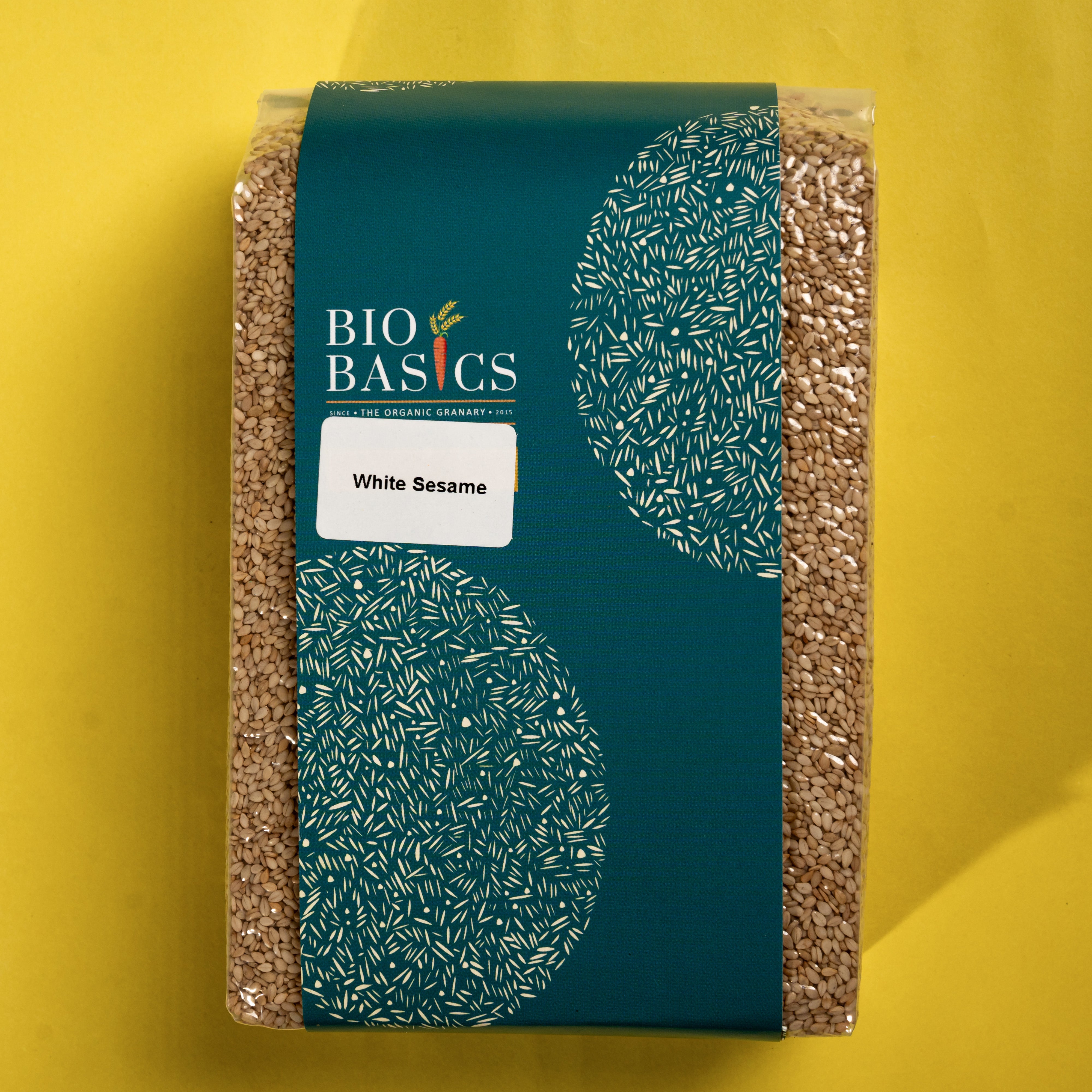




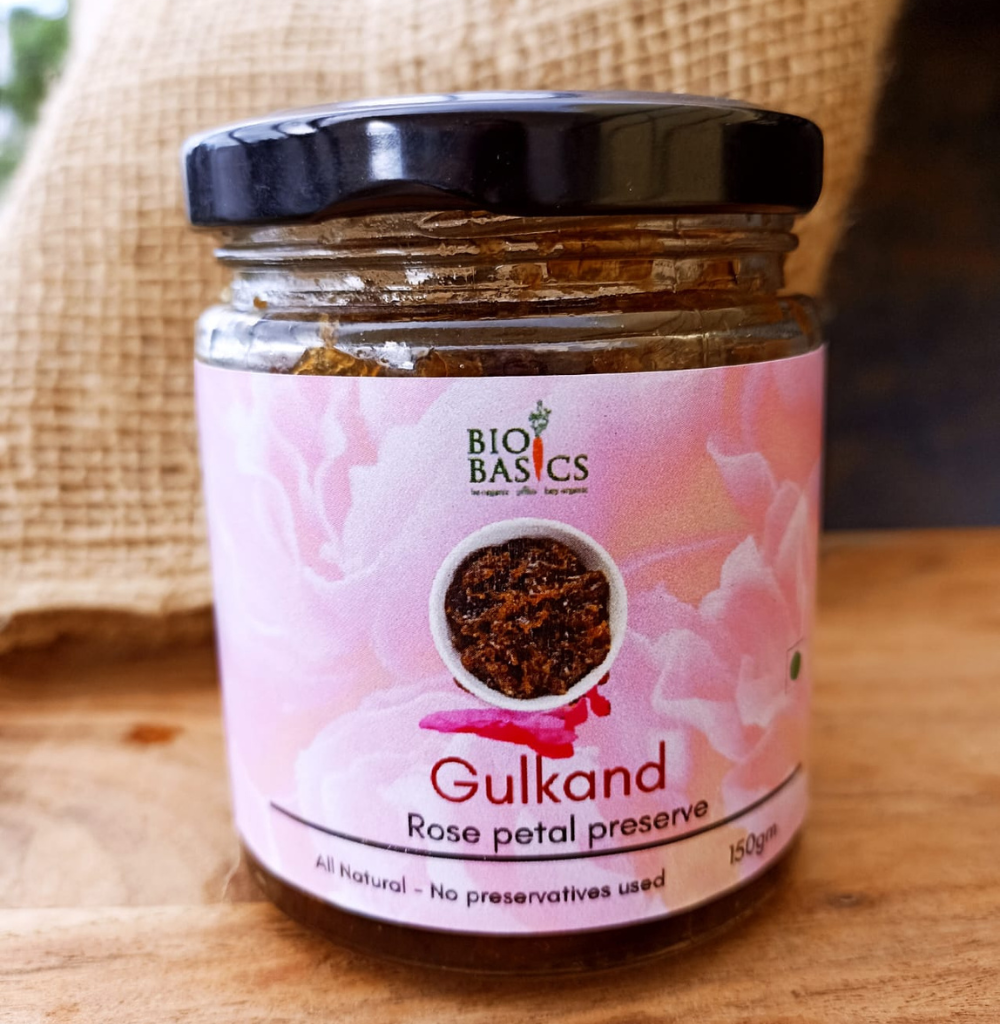


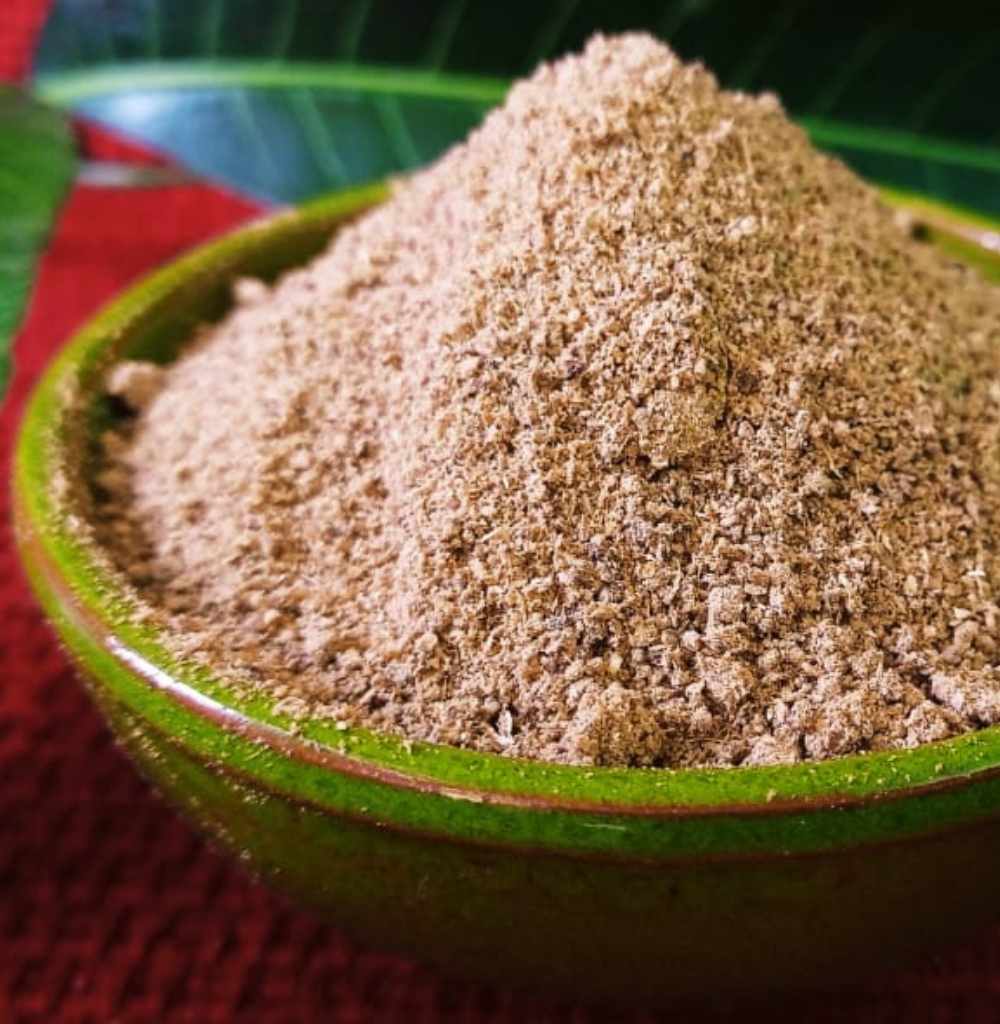



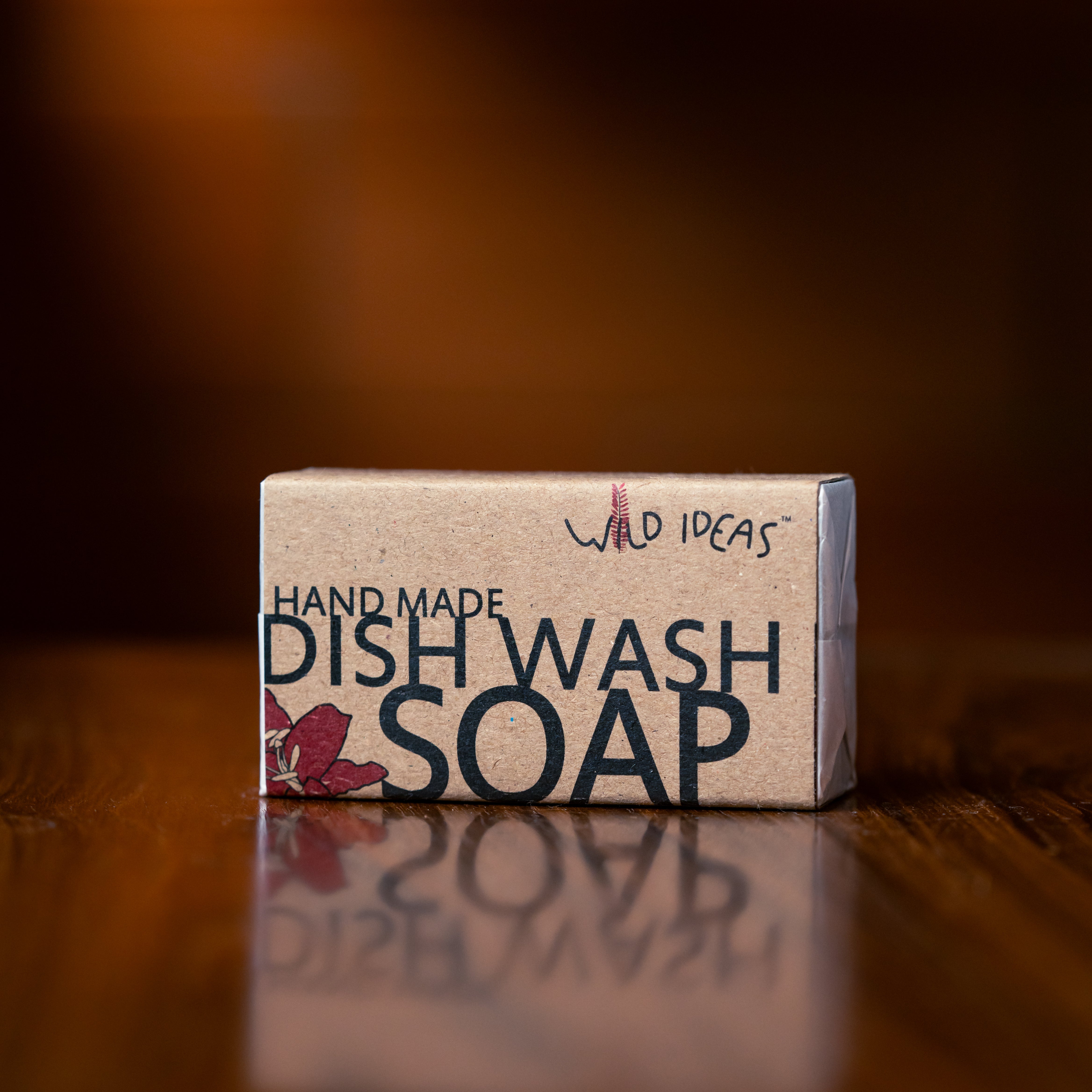











1 comment
Kiran
Beautiful, that was an interesting read. Please share more recipes of Kanji. My first experience of Kanji was at one of the Isha programs and since then I started making some myself time and again.
I stumbled upon your website on Instagram when I was searching for organic cold pressed oils. I browsed through your entire website only after I finished my purchase( I was in a rush to get organic version of cold pressed oils for my baby) only to realize, you have really nice assortment of products especially the go organic plan and a great info in the about us section with fascinating stories in the blog. Will comeback for other products.